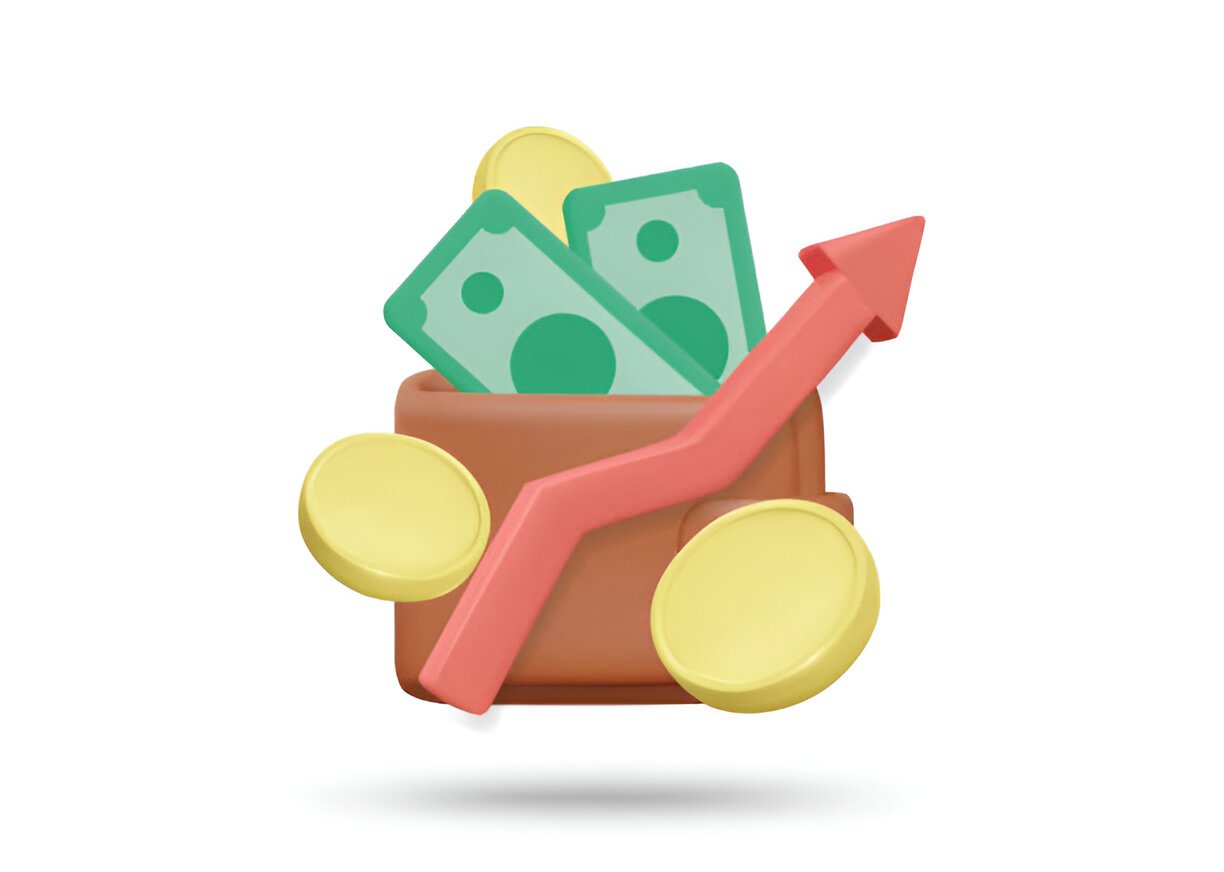The general price level refers to the overall level of prices for goods and services in an economy over a specified period. It is a crucial economic indicator that reflects changes in purchasing power, inflation rates, and the overall cost of living. Exploring the concept of the general price level helps individuals and businesses understand its implications for financial planning, economic policy, and consumer behavior.
Table of Contents
What is the General Price Level?
Definition and Characteristics
The general price level encompasses:
- Aggregate Prices: Average prices across various goods and services in an economy.
- Inflation Measurement: Indicates the rate of price increases over time.
- Purchasing Power: Determines the value of money in relation to goods and services.
- Consumer Price Index (CPI): A common metric used to measure changes in the general price level.
How the General Price Level Works
The general price level is influenced by:
- Supply and Demand: Balances between supply and demand affect prices of goods and services.
- Monetary Policy: Central banks adjust interest rates and money supply to manage inflation.
- Cost Factors: Production costs, wages, and raw material prices impact overall price levels.
Importance of the General Price Level
The general price level serves several purposes:
- Economic Stability: Stable prices support sustainable economic growth and consumer confidence.
- Policy Decisions: Guides monetary and fiscal policies to manage inflation and support economic stability.
- Cost of Living: Affects consumer purchasing power and standard of living.
- Business Planning: Influences pricing strategies, budgeting, and financial forecasting.
Why is the General Price Level Important?
Impact on Consumers
**Consumers are affected by the general price level in several ways:
- Purchasing Power: Determines the affordability of goods and services.
- Inflation Impact: Rising prices erode the value of savings and fixed incomes.
- Consumer Behavior: Influences spending habits and financial decisions.
- Cost Considerations: Determines household budgeting and financial planning.
Examples of the General Price Level
Example 1: Consumer Price Index (CPI)
The CPI measures changes in the cost of a basket of goods and services over time. It includes categories such as food, housing, transportation, and healthcare, providing insights into changes in the general price level affecting consumers.
Example 2: Producer Price Index (PPI)
The PPI tracks changes in prices received by producers for their goods and services. It reflects upstream price movements that can influence downstream consumer prices and contribute to changes in the general price level.
Applications of the General Price Level
Economic Indicators and Policies
Monitoring and managing the general price level involves:
- Inflation Targeting: Setting inflation targets to maintain price stability.
- Interest Rate Adjustments: Central banks use interest rates to influence borrowing, spending, and inflation.
- Government Intervention: Fiscal policies address economic imbalances and support growth while managing price levels.
Global Perspectives
The general price level varies globally:
- Developed Economies: Stable price environments support economic growth and consumer confidence.
- Emerging Markets: Higher inflation rates pose challenges for economic stability and consumer affordability.
- Global Supply Chains: Supply disruptions and geopolitical factors impact prices across borders.
Real-World Impact: Economic Stability
Example: Central Bank Policies
Central banks, like the Federal Reserve in the United States, adjust interest rates and monetary policies based on inflation and the general price level. These actions aim to maintain price stability, support economic growth, and safeguard purchasing power for consumers and businesses alike.
Conclusion
The general price level is a fundamental economic concept that measures the average level of prices for goods and services in an economy. It serves as a key indicator of inflation, purchasing power, and economic stability, influencing consumer behavior, business strategies, and government policies. Understanding the dynamics and impact of the general price level helps stakeholders navigate economic conditions, plan effectively, and make informed financial decisions. As global economies evolve and face challenges such as inflationary pressures and supply chain disruptions, monitoring and managing the general price level remain critical for promoting sustainable growth, preserving consumer welfare, and ensuring a stable economic environment for all.





